
tungsten carbide Face Grooving End Mill

Solid Carbide Boring Cutter Tungsten Boring Bar CNC Groove Tool MIR Boring Tool

Internal grooving boring cutter MXR boring bar tungsten carbide boring tools
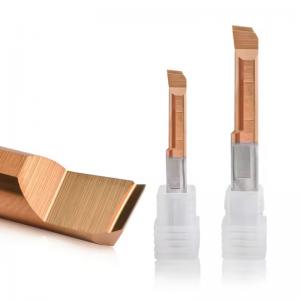
CNC Solid Carbide Micro Boring Cutter MTR Type Internal Boring
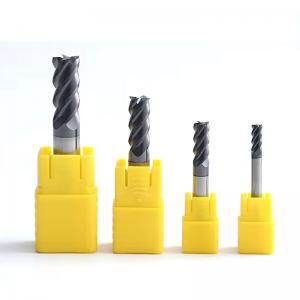
CNC Tools 4 Flutes Flat HRC55 Carbide Milling Cutter Carbide End mill
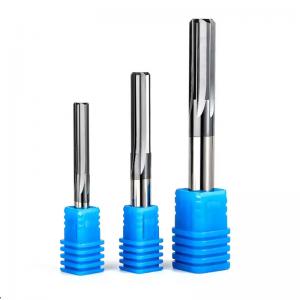
solid carbide straight fluted reamers
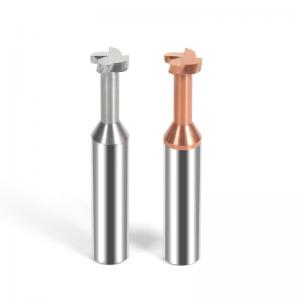
T-Slot Carbide End Mill
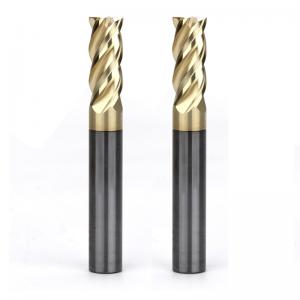
Titanium Alloy Specific End Mills
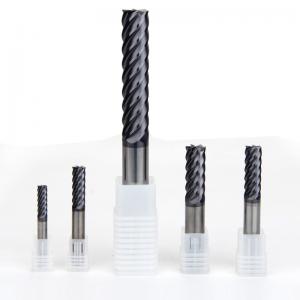
6 Flutes Finishing End Mills
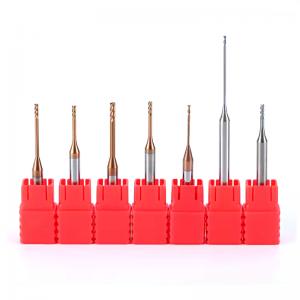
Solid Carbide Milling Cutter Hrc55 Long Neck Square End Mill fot CNC Tool
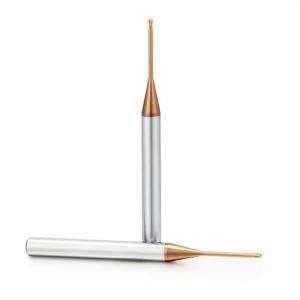
Long-neck Tungsten Carbide Ball Nose End Mill

Micro Square Carbide End Mills(2F)
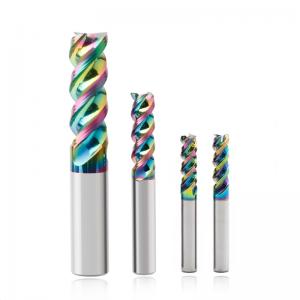
End mills for aluminum processing with DLC coating

CNC Tools Steel Aluminum Dovetail Groove Cutter T Slot

Tungsten Steel Inner R Milling Cutter

High Efficiency Full Teeth TiSIN Coating CNC Threading End Mill Carbide End Mills
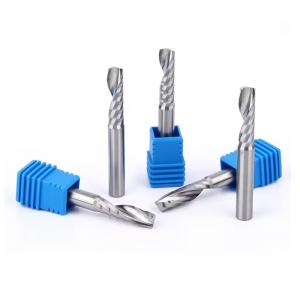
High quality engraving machine CNC Milling Cutters cnc tool single flute end mill
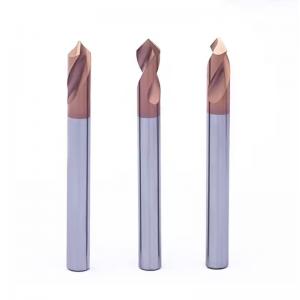
High quality HRC55 2 Fluts Spot Drill 90 degree
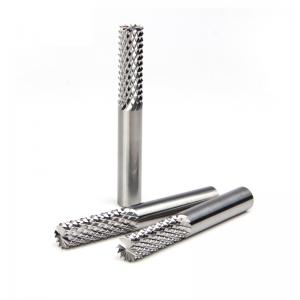
3.175mm Corn milling cutter carbide tungsten steel corn end mill cnc router bits
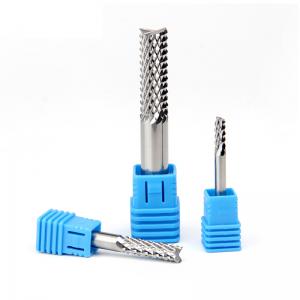
Carbide corn milling cutter
- English
- Español
- Português
- Deutsch
- Français
- Italiano
- हिन्दी
- Русский
- 한국어
- 日本語
- العربية
- ภาษาไทย
- Türkçe
- Nederlands
- Tiếng Việt
- Bahasa Indonesia
- עברית
- Afrikaans
- አማርኛ
- Azerbaijani
- беларуская мова
- Български
- বাংলা
- bosanski jezik
- Català
- Binisaya
- Corsu
- Čeština
- Cymraeg
- Dansk
- Ελληνικά
- Esperanto
- Eesti Keel
- Euskara
- فارسی
- Suomi
- Frysk
- Gaeilge
- Gàidhlig
- Galego
- ગુજરાતી
- Harshen Hausa
- ʻŌlelo Hawaiʻi
- Hmoob
- Hrvatski
- Kreyòl Ayisyen
- Magyar
- Հայերեն
- Asụsụ Igbo
- Íslenska
- Basa Jawa
- ქართული
- Қазақ тілі
- ភាសាខ្មែរ
- ಕನ್ನಡ
- Kurdî
- кыргыз тили
- Lëtzebuergesch
- ພາສາລາວ
- Lietuvių
- Latviešu
- Malagasy fiteny
- Te Reo Māori
- македонски
- മലയാളം
- Монгол
- मराठी
- Bahasa Melayu
- Malti
- မြန်မာစာ
- नेपाली
- Norsk
- Chinyanja
- ଓଡ଼ିଆ oṛiā
- ਪੰਜਾਬੀ
- Polski
- پښتو
- Română
- Ikinyarwanda
- سنڌي
- සිංහල
- Slovenčina
- slovenščina
- Gagana Sāmoa
- ChiShona
- Af-Soomaali
- Shqip
- Српски
- Sesotho
- Basa Sunda
- Svenska
- Kiswahili
- தமிழ்
- తెలుగు
- Тоҷикӣ
- Türkmençe
- Filipino
- татарча
- ئۇيغۇر تىلى
- Українська
- اردو
- Oʻzbek tili
- isiXhosa
- ײִדיש
- èdè Yorùbá
- 中文(简体)
- 中文(漢字)
- isiZulu
End mill
Solid end milling is the machining process of using rotary cutters to remove material from a workpiece by advancing in a direction at an angle with the axis of the tool. It covers a wide variety of different operations and machines, on scales from small individual parts to large, heavy-duty gang milling operations. It is one of the most commonly used processes in industry and machine shops today for machining parts to precise sizes and shapes.Milling can be done with a wide range of machine tools. The original class of machine tools for milling was the milling machine (often called a mill). After the advent of computer numerical control (CNC), milling machines evolved into machining centers (milling machines with automatic tool changers, tool magazines or carousels, CNC control, coolant systems, and enclosures), generally classified as vertical machining centers (VMCs) and horizontal machining centers (HMCs). The integration of milling into turning environments and of turning into milling environments, begun with live tooling for lathes and the occasional use of mills for turning operations, led to a new class of machine tools, multitasking machines (MTMs), which are purpose-built to provide for a default machining strategy of using any combination of milling and turning within the same work envelope.













